Thomas Brunschwig, the non-farming farmer
Thomas Brunschwig leads an unconventional life. He is a self-confessed outsider who has found his sustainable, spiritual paradise in a Bernese farmhouse filled with various Indian and Chinese instruments and sculptures – and four zebu cattle.

I lead and coordinate the work of the Chinese department, adapting and producing Chinese content. My work focuses on distributing our content to users across different social media platforms. After I immigrated to Switzerland, I graduated from two private computer and network technology schools in Switzerland and trained in various media, photography and network programming roles. In 2001, I joined SWI swissinfo.ch and founded the Chinese department.
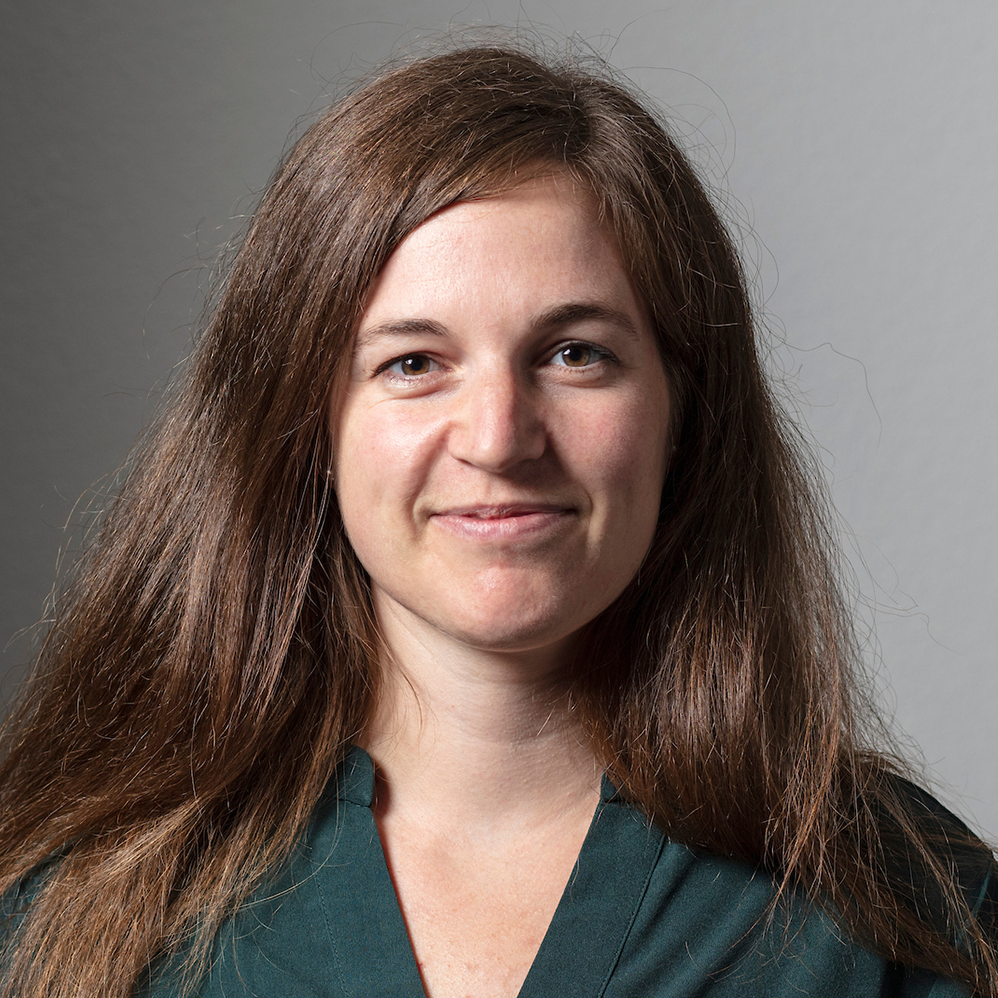
I am an experienced video journalist passionate about making complex topics accessible and engaging through compelling multimedia storytelling. Focused on social and environmental issues, I produce various video formats on a wide range of topics, specialising in impactful explainer videos with motion graphics and stop-motion animation. During my studies in cinema, English literature and journalism, I’ve gained experience in radio, television, and print across Switzerland. After working with the Locarno Film Festival’s image & sound team, I joined SWI swissinfo.ch in 2018 to produce local and international reportages.
-
العربيةarطوماس برانشفيع.. المُزارع الذي اختار نمطا مغايرا في الحياةRead more: طوماس برانشفيع.. المُزارع الذي اختار نمطا مغايرا في الحياة
The zebu produce neither milk nor meat. In fact he says the only useful thing they produce is dung, the fuel of fire in the Vedic religion. “Technically, if I calculate the income from selling dried cow pats, they are self-sufficient,” he says.
The wooden building is nestled among lush forest, perfect for foraging for fruit, vegetables and plants. And the cattle share their home with countless butterflies, frogs, snails, lizards and spiders.
“Everyone sees luxury differently,” Brunschwig says. “My water for life comes from mountain springs. There are solar panels on the roof. The fuel used for heating in winter is wood from the forest. Environmentalists could describe it as low carbon, but that’s not what I’m after. It’s not my plan. It’s just a side effect.”
Popular Stories
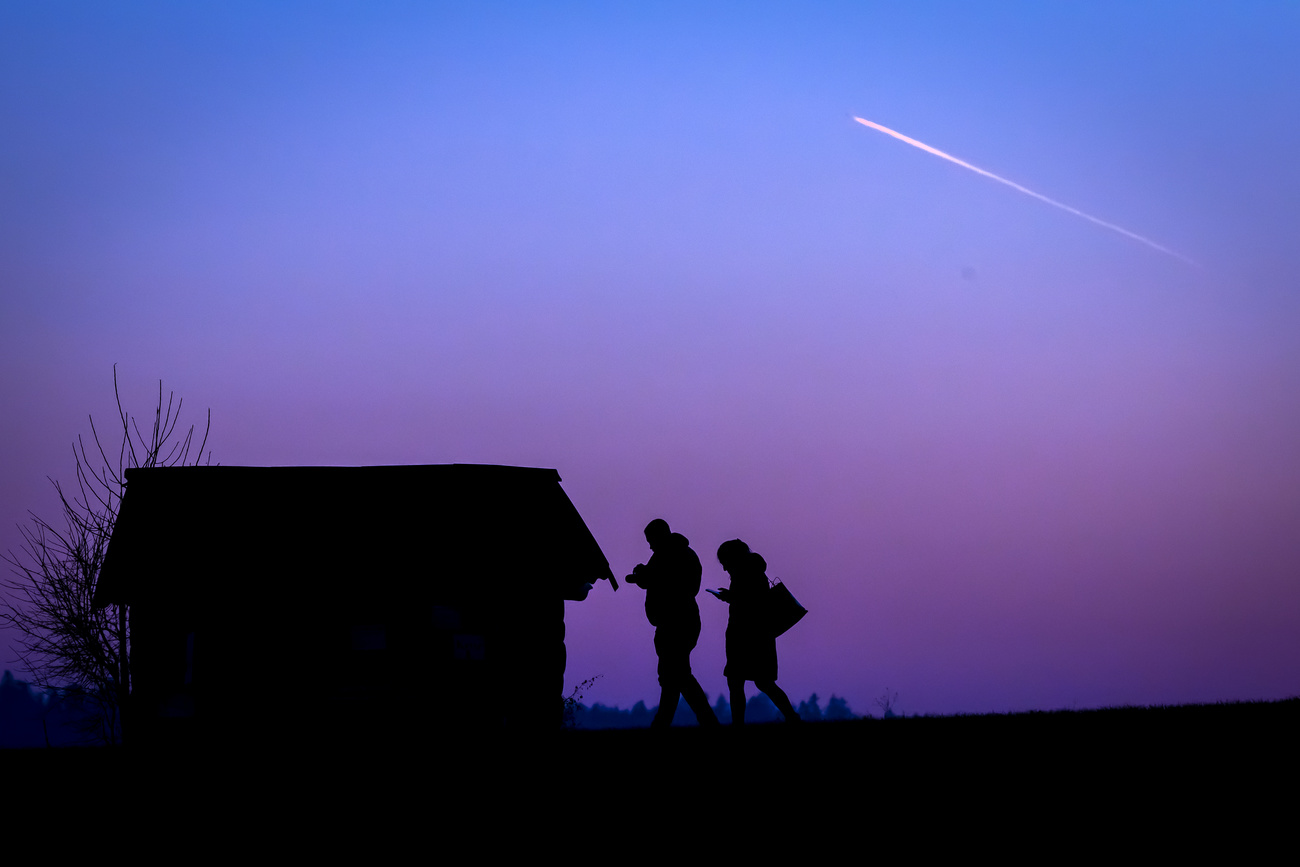
More
No house generation: the impossibility of buying property in Switzerland
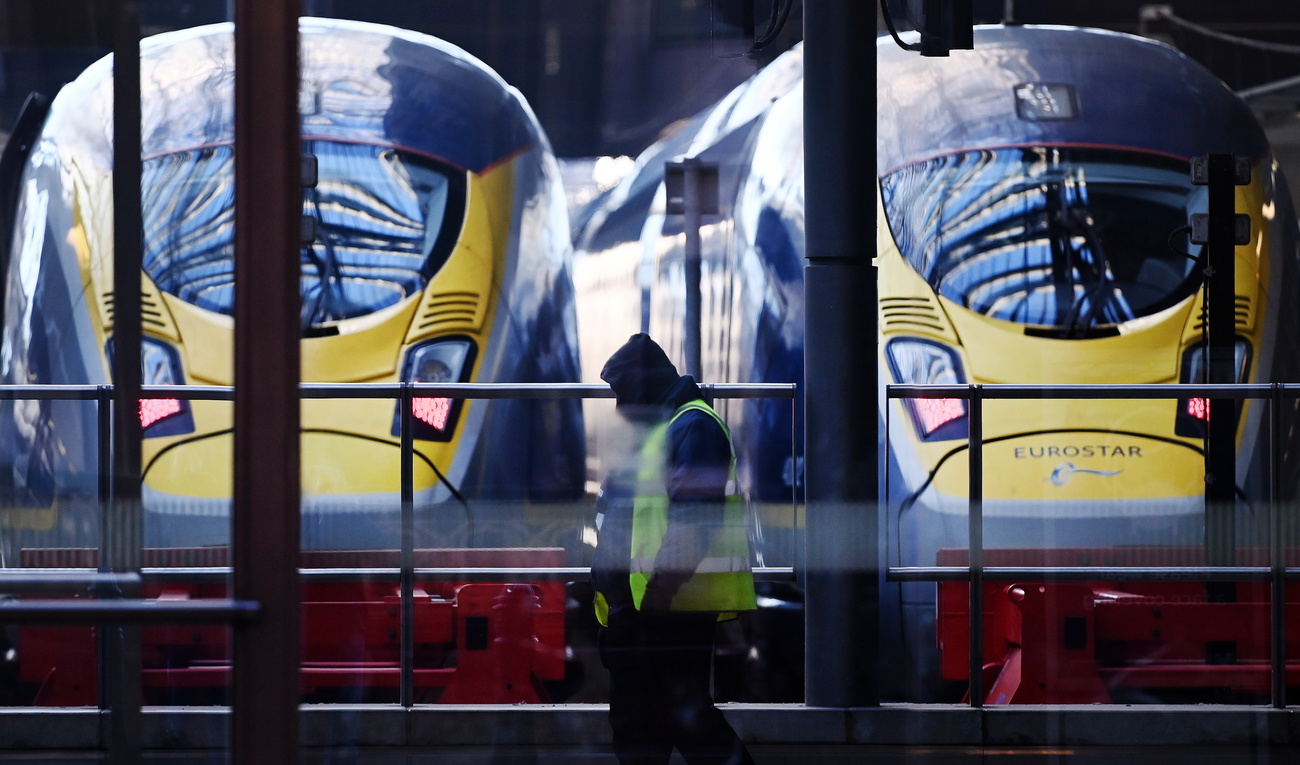
More
UK and Switzerland open way for direct rail link

More
Online quarrel reveals Swiss life of luxury of Cameroon’s ruling family

More
Geneva fights to remain ‘kitchen’ of world diplomacy as Trump cuts bite
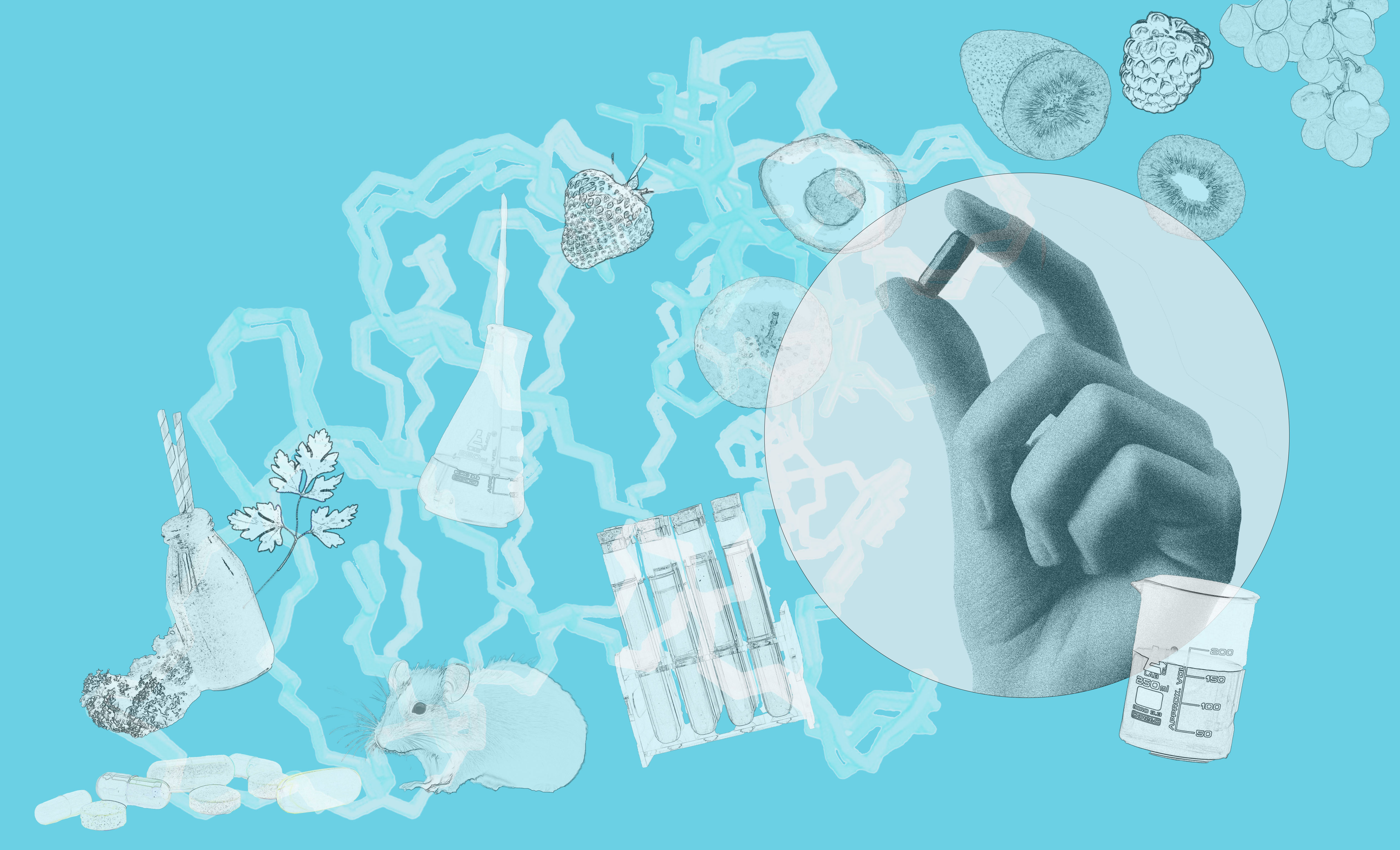


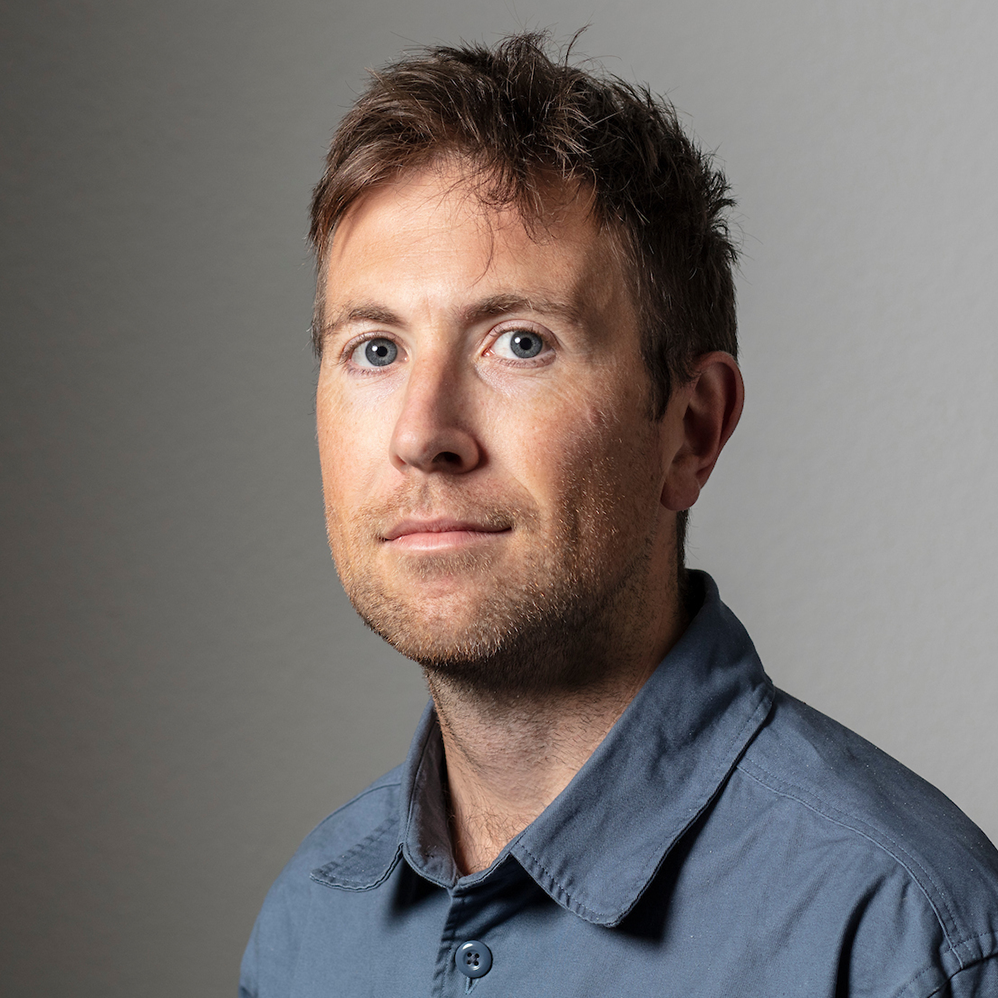

You can find an overview of ongoing debates with our journalists here . Please join us!
If you want to start a conversation about a topic raised in this article or want to report factual errors, email us at english@swissinfo.ch.